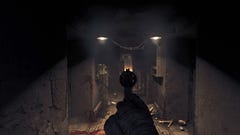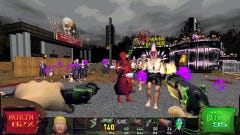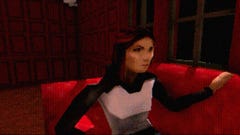Darkest Dungeon 2 review: a fast-paced roguelite down gloomy roads
Carry on my wayward daughters and sons…
It's been a harrowing few years in our real world, and I often feel like I'm just trying to keep my own little flame of hope safe from the howling winds of indifference and despair. So Darkest Dungeon 2, a party-based dark fantasy roguelite centered on the idea of doing just that, ended up being a bit too familiar and also a bit therapeutic. Having well over a hundred hours in the first game, I was also pleasantly surprised by some of the ways this carriage-bound journey into existential dread changes up the formula… and not so much by a couple of others.
Just like its predecessor, Darkest Dungeon 2 leads with vibes and attitude. Every bit of art and atmosphere is subtly (or not-so-subtly) menacing, worn down, and melancholic, with Wayne June's unmistakeable narration laying out the compelling story of a quest for answers that went too far. The background on how the world got this way is doled out in tiny morsels of tragic exposition after the conclusion of each run, so I always had new details to look forward to whether I won or lost. It's very clear that reality is, as they would say in the Bay Area, "hella broken," and that it's somehow your fault as the nameless financier of these soul-rending expeditions into the darkness. But the nature of your crimes takes a long time to reveal itself.
Rather than setting out into various standalone regions like in the first game, each run of Darkest Dungeon 2 consists of four (probably) doomed heroes on a carriage ride through a succession of such deadly themed locales – from a spooky forest to a clearly Innsmouth-inspired fishing village. You can steer to run over collectible loot and chart a path at each fork in the road. I loved the amount of strategic thinking and resource management that goes into plotting a course. You can try to fight more turn-based battles for more loot, or try to avoid them if your party is looking a bit worse for wear. Some paths will damage your wheels or the chassis of your carriage, forcing you to fight a desperate ambush battle if you break down completely. A given path might lead to great rewards, like a hospital where you can remove your adventurers' randomly-generated negative traits, but force you to pass through an Oblivion Tear, which will make the entire rest of the region more dangerous as the punishing force of Loathing grows stronger.
All the while, the lantern on the carriage dims as you rattle along, which will go from giving you an advantage in battle at its brightest to buffing your enemies when hope has waned. Along the roadside, encounters might give you a difficult choice between reigniting the flame by helping a group of refugees, or taking their stuff and moving on. Each member of the party will have opinions on what you decide, as well, which could strengthen or worsen their relationships with each other.
.jpg?width=690&quality=80&format=jpg&auto=webp)
At the heart of Darkest Dungeon 2 is this relationship system, where based on their mutual attitudes, your bloodthirsty barbarian girl and the dour grave-robber could wind up deeply in love… or bitter rivals. This will either buff or debuff one of their abilities, granting a boon-like healing to the other person in the relationship in the case of a positive attitude, or a debuff in the case of a negative one. I found that whether or not I could build strong, supportive bonds within my party was the number one factor in whether a run would be successful or not, lucky loot drops or unfortunate battle rolls be damned. And that changed how I thought about the various risks and rewards on the road to ruin in enjoyable ways.
Like most things in a roguelite, relationships are semi-randomized, but you can influence them by looking to the spiritual health of your party. Or just buying them booze. Maintaining the flame on the carriage fosters harmony, as does keeping each party member's stress track low – a mechanic that was also key in the original. I often found I had one character who was the "heart of the party," mostly there to maintain the spirits of all the rest, which is a great way to break up the usual tank/healer/DPS triangle.
Progression is generally a satisfying mix of permanent power boosts, like increasing a specific class's stats or making your carriage more resilient to damage, and adding more and better gear and combat items into the available loot pool. This all takes place at the Altar of Hope, the new home base in which you are trying to literally put reality back together as you spend the main persistent currency, candles. You can find some of these along each leg of your journey and get a healthy lump sum for making it to the end of an area or defeating one of the five deadly act bosses.
.jpg?width=690&quality=80&format=jpg&auto=webp)
And those bosses can be quite challenging, requiring you to pay careful attention to their resistances, special abilities, and other various quirks to succeed. Some classes just suck against certain bosses, which means you eventually do have to think about building the party for the situation rather than having total freedom. But most of Darkest Dungeon 2's classes, from the fairly straightforward Man-at-Arms to more bizarre characters like the pyromaniac Runaway and the self-sacrificing Flagellant are great fun to play with.
"I'm never lacking some appreciated emotional context to all the terror and bloodshed"
The starting set of abilities for each class can tend to be underwhelming, as they are often the most uncomplicated and least combo-able tools in their kit. But by visiting Shrines of Reflection, you steadily start to understand how the class works as more abilities are added, and how the character works psychologically and spiritually as you uncover more of their backstory – some chapters of which are playable as tricky puzzle battles. Again, reward me with mechanics and story and I'm generally pretty happy. Paired with the little emergent tales that come from the relationships that develop within a party, I'm never lacking some appreciated emotional context to all the terror and bloodshed.
This does lead into what I think might be Darkest Dungeon 2's biggest misstep, though, which is that they've mostly dispensed of the idea that, say, a Highwayman is a Type of Guy you might recruit several of, and leaned more into a sense that each of these classes are one specific individual. Or alternate universe versions of one individual? It's a bit confusing. You can only have one of each class in your stable of available heroes at a time, for one thing. When they die, they somehow come back with a new set of randomized personality quirks, but the same default names, having lost any candles you invested into persistent buffs called Memories that can be unlocked by surviving boss fights.
.jpg?width=690&quality=80&format=jpg&auto=webp)
.jpg?width=690&quality=80&format=jpg&auto=webp)
.jpg?width=690&quality=80&format=jpg&auto=webp)
The fact that this muddies the waters in terms of how persistent any individual character is made it more difficult for me to get attached to specific party members like I would in the first game. Likewise, the relationships that manifest between them only last for one region before being re-rolled. This means you can patch up a rocky relationship between two heroes, which is good, but the two who fall in love may simply forget all about each other between runs, even if they both survived, which kind of sucks. It also means if you want to train up a "B-Team" and not risk your all-stars on a given run, they will have to all be of completely different classes. You can't have a Backup Hellion or a Jester Understudy.
It just rubs me the wrong way and makes it harder to develop long-term relationships with my favorite little murder guys. And isn't that what this game is supposed to be all about? I'm not as heartbroken when they die, and they all feel kind of interchangeable to an extent. Memories and locking in positive traits can partly serve the purpose of feeling like I'm really building up this one, specific badass. But I miss the roster management style of the original Darkest Dungeon, and this feels like a simplification simply for the sake of simplification that does more harm than good.
I could spin a sickly, blood-slick yarn almost as long again as I've gone on already about the combat, but the upshot is that it's pretty great. Each individual battle can be very punishing, but healing in-between is quite forgiving, so unless you're not steering headlong into every possible confrontation. So it generally works out to think about each fight (or small sequence of fights in some cases, like dangerous lairs where minibosses lurk) as a singular puzzle. There's a ton of variety in enemy groups, both visually and mechanically, with almost all of them having multiple viable ways to go about sowing the earth with their bones.
.jpg?width=690&quality=80&format=jpg&auto=webp)
The one annoying little kink here is that Darkest Dungeon 2 has foregone elaborate tooltips for a system of icons communicating everything from damage types to ability debuffs, and you can hit Ctrl at any time to bring up a glossary that explains them. Well, most of them. Sort of. Some effects are just missing, or the glossary doesn't actually do a good job of explaining what they are. Some abilities have secondary effects that aren't even listed anywhere. And character Paths, which are like unlockable subclasses for each class, will tell you which abilities they modify… but not how. I'm not a big fan of this stripped-down UX philosophy. If nothing else, just give me an "RPG nerd" option I can turn on if I do want to see all of the nitty-gritty details. As it is, you need to be ready to learn how a lot of things work by trial and error.
Aside from those interface annoyances and the somewhat confusing compromises made to simplify roster management, I have been having a hell of a time with Darkest Dungeon 2. It might not scratch all of the same itches for me that its predecessor did, and some of the changes seem born of an overzealous devotion to streamlining everything, but it's also one of the most enjoyable roguelites I've thrown myself into on its own merits. The pacing is great, each decision along the road feels meaningful, most runs that aren't killed early on by horrible luck feel aptly rewarding, and the music, art, story, and narration create a singular and sorrowful set of vibes that are hard to top. Deck it out with some very interesting and often unconventional RPG classes and thematically-grounded party dynamics from the refined stress system, and I don't think I'll be letting the flame of this carriage burn low for a long time.
This review is based on a review build of the game provided by the publisher Red Hook Studios.
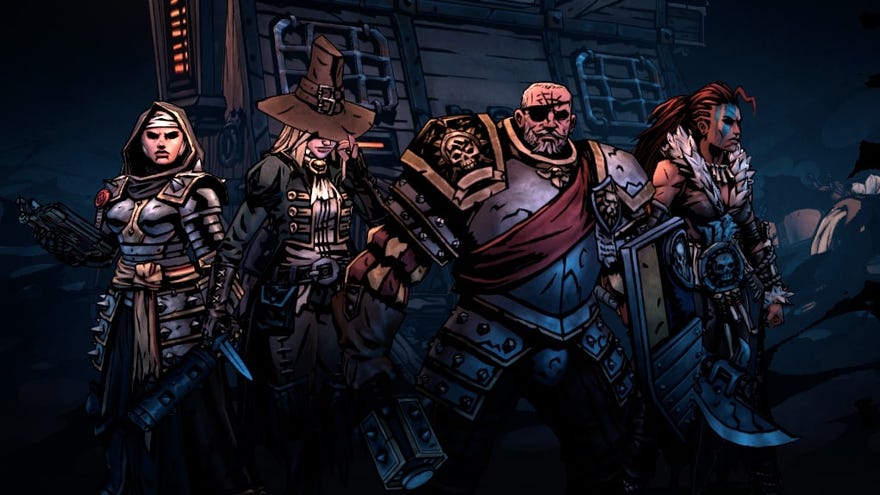

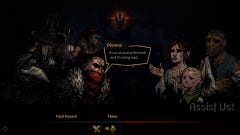
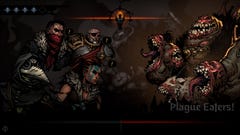
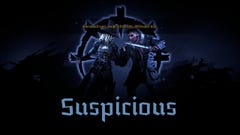
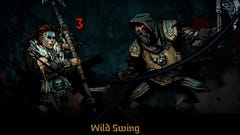
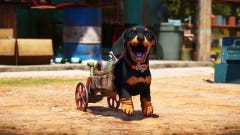
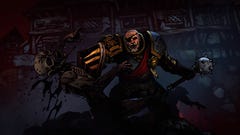
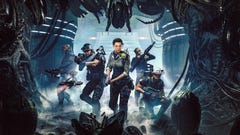
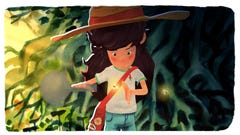
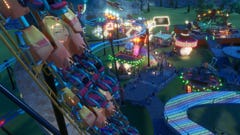
.jpg?width=240&height=135&fit=crop&quality=80&format=jpg&auto=webp)
